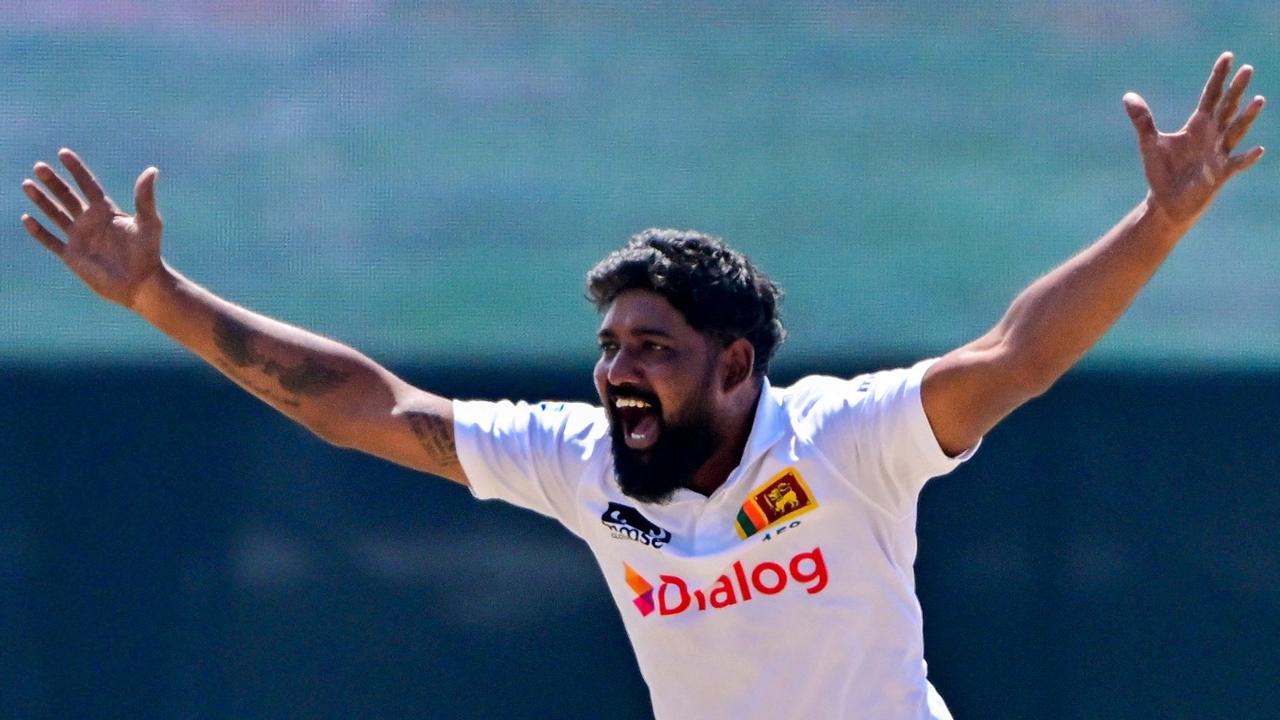Sydney to Hobart yacht race: Sailor rescued on day of tragedy
The skipper who co-ordinated the miracle rescue of a man washed overboard in pitch darkness and rough seas says lessons learned from the deadly 1998 race saved his mate’s life.

Sport
Don't miss out on the headlines from Sport. Followed categories will be added to My News.
The skipper who co-ordinated the miracle rescue of sailor Luke Watkins, who was overboard his yacht Porco Rosso in pitch darkness and rough seas, said lessons learned from the deadly 1998 Sydney to Hobart race saved his mate’s life.
An emotional Paul McCartney said a raft of strict safety rules and regulations introduced in the wake of the 1998 race where six men died helped save his crewmate in the 2024 race in which two lives have been lost.
“I’m choking up, got a lump in my throat, just thinking about them,’’ a tearful McCartney said of the two men who died during a torrid first night of the race when hit by booms in separate incidents.
“We just consider ourselves so lucky to have Luke back.

“Absolutely, what we learned from 1998, its legacy with the changes and the introduction of the Safety at Sea course that came out of it saved his life, for sure. That and technology.’’
Watkins, who ran the boat’s safety briefing before the race start, ended up around 4km away from the yacht when washed overboard but activated his EPIRB which helped guide his crew back to him for the miracle rescue.
“It was pitch dark, 3am, this is where the personal EPIRB’s are amazing. They took us to 200m of him, it could have taken us right over him.
“The whole thing took about 40 minutes. That’s how long he was in the drink.’’
McCartney said 90 per cent of his crew had done the Safety at Sea course which trains sailors to deal with drama at sea, follow processes and be successful in recovering a man overboard.
“It puts it all in front of mind. It’s a great course,’’ he said.
Master Lock Comanche skipper Matt Allen said on a day of great loss in the Sydney to Hobart there was one bright spot – hearing a special radio message as his crew rushed to help McCartney and his lost crewmate who went overboard around 3am.

The supermaxi had its own issues, its Sydney to Hobart campaign in tatters after their giant mainsail ripped apart and forced their retirement while in the race lead.
“We were standing by but we didn’t actually get to them because we heard they had retrieved him. That is one very, very lucky man,’’ Allen said.
“It was the one bright bit of news on a terrible day. It’s just tragic to hear of the lives lost.’’
Allen said he and other yachts only heard of the loss of life early on Friday morning after a statement was issued to the fleet by the Cruising Yacht Club of Australia.
Allen said conditions were tough but there was never any question the race should go ahead.
“It was bumpy and windy but nothing too out of the ordinary,’’ Allen said.
“We are just shattered for all those concerned.

“Sailing can be an extreme sport.’’
Allen said there will be an examination by sailing authorities of the specifics of the incidents which claimed the lives of the sailors of Flying Fish Arctos and Bowline “to look at what could stop it occurring again’’.
The last fatalities in the Sydney to Hobart were during the 1998 Sydney to Hobart where a Bass Strait Bomb in the form of a deep depression exploded across the racetrack.
Winds close to 90 knots were reported on the racetrack as treacherous seas as high as four storey buildings pounded the fleet
The yacht race now boasts the strictest safety rules of any like race in the world.
One of the biggest changes was the introduction of the Safety and Sea Survival Course which schools sailors how to carry out man overboard procedures and is compulsory for at least 50 per cent of every crew in the race.
Originally published as Sydney to Hobart yacht race: Sailor rescued on day of tragedy



